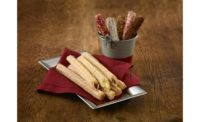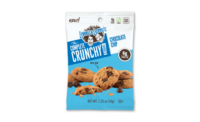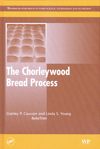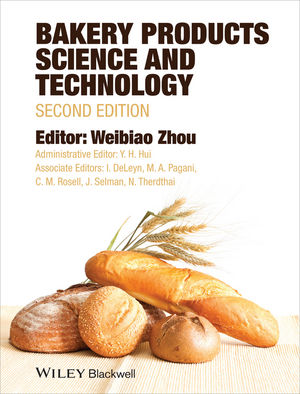Exclusive interview: Q&A with BI on clean label




We were recently able to interview Randy Kreienbrink, vice president of marketing at BI, about clean label trends, formulations, and goals.
Liz Parker: What do you see as the top clean-label concerns in bakery today?
Randy Kreienbrink: We’re constantly working on evolving bakery applications to meet clean label demands, in both the United States and Europe. These regions place a great emphasis on ingredients that are “clean” and “natural.” For example, we’re seeing substitutions for ingredients such as Vitamin C with all natural C from Acerola, in order to make a completely natural baked good. Other common substitutions include the use of calcium propionate, which is a preservative that inhibits mold, instead use rosemary extract; an effective alternative to synthetic shelf life extenders. These types of natural ingredients are replacing the more chemical based ingredients in baked goods.
In general, there is more of an open dialogue in the industry about clean label concerns. This is a little tricky since there isn’t a legal definition for clean label. Everything is biochemical if you look at it closely; even bananas have a biochemical component! At BI, food safety has always been a top-level priority since our inception 40 years ago.
LP: Do you see organic as an area of growth for bakery?
RK: Absolutely—I’d offer a resounding yes. There is a huge emphasis in the market for organic ingredients. According to the Hartman Group (Culture of Food 2016), 31 percent of consumers deem “100 percent organic” as a top attribute in defining high quality. Organic straddled both “fresh, less processed” and “transparency” aspects of what consumers value the most in determining food quality. What’s interesting, however, is that there’s a still a lack of understanding and confusion over what it means to be organic. Still, suppliers are reacting to consumer demands for these ingredients, which are willing to pay a premium cost. In the bakery sector, consumer behavior is a little unique since baked goods are often seen as an indulgence. For this reason, consumers are likely to forgo some of the health benefits they’d often seek out.
In total, the industry for organic goods is growing at a 10-12 percent rate. The industry is growing, without much oversight or “policing” of claims.
LP: Which types of baked goods are the best candidates for clean-label formulation?
RK: Bread is truly a great candidate for clean label formulation because of the versatility of ingredients. Breads include the basics such as flour, yeast, etc. It’s easy to incorporate ingredients such as psyllium, which is a type of fiber, or remove ingredients that condition the dough or add to the “sponginess” of bread. Muffins, donuts, and pastries in general are all easy to fortify so they are often on the R&D block.
LP: How does food safety factor into this discussion?
RK: Food safety, a critical factor in any food or beverage discussion, is somewhat simpler in baked goods. The issues that compromise safety in this area, such as mold, whether a product is stale, etc., are somewhat easier to manage than say fresh fruits or meats. It’s not that the issues don’t exist. Baked goods need to be clean and packed properly. It’s a lot easier to deal with preservation issues for bakery products than other food systems.
LP: How do supply-chain initiatives like Identilok and Protexx HP help bakers meet clean-label goals?
RK: Protexx HP, which is unique to BI, guarantees that an ingredient will be microbe free and safe. Identilok, also a BI patented process, guarantees that an ingredient is what its identified as. Given the variety of harvesting and processing practices in the industry, both of these manufacturing processes are relevant to the clean label movement, particularly in conversations about gluten free. While the heat used in the baking process will tend to treat microbes, other issues can arise in baked goods such as mold. BI has always emphasized the need for safety and quality of its ingredients, hence the investment in Identilok and Protexx HP.
LP: How can bakery companies communicate the need for products to be both clean label and safe to their consumers?
RK: Through marketing, advertisements, etc. It’s really important for these companies to walk the talk. They need to be vigilant about removing ingredients that compromise safety. Added protein, fiber, and other micronutrients are the driving factors in today’s market. These should be policed if bakery companies are serious about clean label.
Looking for a reprint of this article?
From high-res PDFs to custom plaques, order your copy today!











